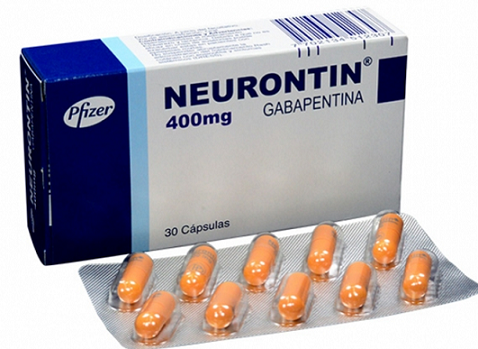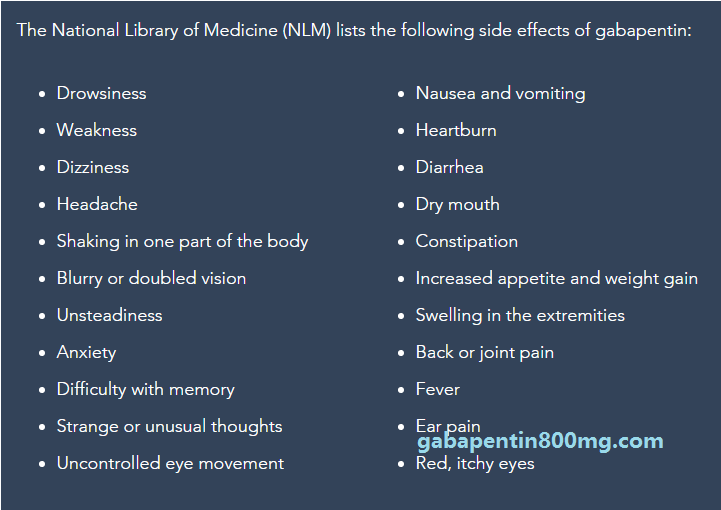Fibromyalgia is a muscular condition that affects many people. It refers to muscle fatigue and pain felt across different muscle groups in the body, not just on isolated areas. Fibromyalgia is a disorder characterized by widespread musculoskeletal pain accompanied by fatigue, sleep, memory and mood issues.

The term fibromyalgia directly means pain that is embedded in the tissues of the muscles, specifically the fibrous tissues. This very acute pain starts from the ligaments, the tendons, and other such connective muscle tissues that are present all over the muscular system of the body. Researchers believe that fibromyalgia amplifies painful sensations by affecting the way your brain processes pain signals.
Fibromyalgia Symptoms sometimes begin after a physical trauma, surgery, infection or significant psychological stress. In other cases, symptoms gradually accumulate over time with no single triggering event.
Women are more likely to develop fibromyalgia than are men. Many people who have fibromyalgia also have tension headaches, temporomandibular joint (TMJ) disorders, irritable bowel syndrome, anxiety and depression.
There are however some controversial theories regarding Fibromyalgia that propose that this condition is a psychosomatic illness, that is, it is a disorder brought about by psychological factors and not necessarily physical factors. This reasoning is mainly brought about by the strong evidence available that relates Fibromyalgia to major depression.
An in-depth review regarding the association of major depression disorders with Fibromyalgia brought out significant similarities between the two in terms of psychological characteristics and neuroendoctrine abnormalities in the patients.
Researchers believe repeated nerve stimulation causes the brains of people with fibromyalgia to change. This change involves an abnormal increase in levels of certain chemicals in the brain that signal pain (neurotransmitters). In addition, the brain’s pain receptors seem to develop a sort of memory of the pain and become more sensitive, meaning they can overreact to pain signals.
Medications designed to treat epilepsy are often useful in reducing certain types of nerve pain. Gabapentin (Neurontin) is sometimes helpful in reducing fibromyalgia symptoms. Gabapentin is a medicine used to treat pain caused by nerves that are not working properly. Gabapentin changes the way that the nerves send messages to the brain. It can be taken in a tablet or a liquid, with or without food. Doses are usually 1200 mg to 2400 mg each day. At the start of treatment low doses are used to minimise side effects, but the dose is usually increased after a few weeks.
At the reviews of gabapentin for fibromyalgia in drugs.com , almost 70% Fibromyalgia Patients think Gabapentin can cure their fiobromyalgia disease. But almost 20% fiobromyalgia Patients think it doesnot work. ( Rating 1 -2 %), another 15% patients think it do work but the effect is not that good ( Rating 3 – 5 ).
One of the patient said:
“I have had fibro for 7 years, finally have a doctor that prescribed me Gabapentin. It’s amazing I feel like a normal person again. I sleep through the night, with no pain anymore. My anxiety is gone also, which is awesome. I know everyone is different, but it works for me. I have had little to no side effects yet. First few doses was a bit of an air head other than that no complaints. Being able to function pain free and agitation free is a blessing.”
Another Fiobro patient said:
“I had the best results, in relieving the pain, with gabapentin. I was able to work through the other symptoms. The etodolac helped with the inflammation. I was doing well, until the muscle spasms started, again. I suspect the mould allergies exasperated the symptoms. So, cyclobenzeprine was added. I don’t know what happened, but I was jobless, homeless, and very sick by the time a CVS pharmacist recognized the V.A. had put me on another toxic, prescription drug cocktail. When I brought it to the V.A.s attention, as usual, it was ignored. The medications that help, are the ones the V.A. will not prescribe to veterans like myself. They say speak up, if you do, expect to be classified as mentally ill, violent, aggressive, involuntarily committed”
NatalieW555 Said:
“I was suffering from fibromyalgia pain most of my adult life, I’m 52 by the way, not realizing there was this wonderful medication available to me…I started it about 2 years ago and it really makes a HUGE difference in how my body feels. I take 300 mg 3X daily. I hope it never quits working for me…you should give it a try….It has no side effects on me.”
Member Annabqnm Said:
“Pretty much saved my life. 13 years ago fibromyalgia symptoms (severe pain especially legs and shoulders), started. My father was taking high doses of gabapentin for chronic guillaune barre. He urged me to try it–and it was the first real sleep I had in months! My rheumatologist had me on 1600mg. 3x, gradually lowered to 1600 mg. 2x. Studies at Mayo Clinic and Johns Hopkins show very few (and very mild) side effects, even at high doses. The only problem I have is if I forget to take them. Then I get flu like symptoms. I was able to continue my career (elementary school teacher) with no problems. Retired this year age 66 and very active. BTW my memory seems better than most friends my age.”
But 30% Fibro customers think Gabapentin is not effective for their Fibro disease. I looked the reviews they have wrote, I found most of them are just back pain or leg pain but not Fiobromyalgia. But some Fibro patients do think it has some side effects, especially thought problems such as depression.
One of the Fibro patient said:
“I have “fibromyalgia,” severe muscle pain from a twisted spine/congenitally deformed vertebrae. I was getting better with yoga, but hurt my back/rib muscles overdoing. I developed depression on gabapentin after a few weeks. At first it dulled the pain and made me feel lightheaded, and I had memory problems. Then my anxiety increased and the pain continued, and hit a real low. I spent two weeks in a psych ward until a brilliant psych nurse who believed in treating muscle pain. I am now recovering on a mix of robaxin, a muscle relaxer, a low dose of valium for rib spasms, and prozac and remeron (for sleep) and hope to get off all of them once I can exercise again. Similar reaction to Lyrica four years ago.”
Gabapentin is effective for Fibro. But you need consider whether you can endure the side effects of gabapentin. Please check our website for the Gabapentin Side Effects.
![]()




